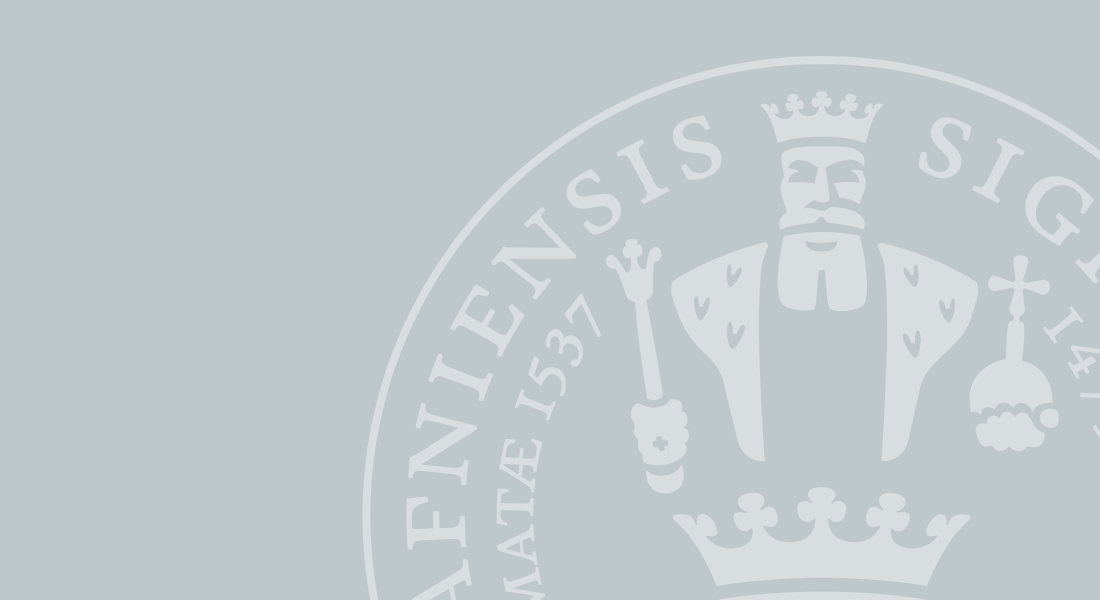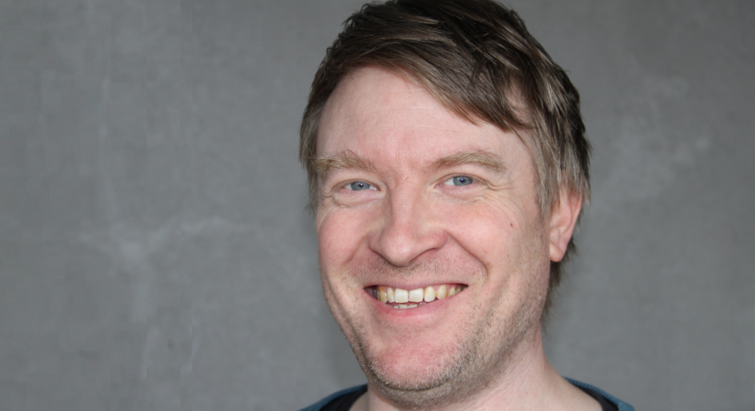Digitization of Natural History is now getting its own professorship
The digitization of Denmark's national natural heritage is now gaining momentum with the appointment of Kim Steenstrup Pedersen in a new shared professorship between the Natural History Museum of Denmark and the Department of Computer Science, University of Copenhagen. Kim Steenstrup Pedersen will lead a new unit that will be responsible for the digitization of the museum's 14 million objects.

Kim Steenstrup Pedersen researches how to get computers to perceive and interpret image data through the use of machine learning, digital 3D reconstruction, and development of new technologies for collection digitization and species determination, including in natural history collections and biodiversity monitoring.
- Kim Steenstrup Pedersen has the right profile to work with the tasks we face in digitizing the many objects that make up our large collections. It is central in our work to democratize and make our collections accessible to researchers, teachers, students, nature managers, green associations, companies, and everyone else with an interest in our fantastic nature, says Peter C. Kjærgaard, Museum Director of the Natural History Museum of Denmark.
- The central part of my research is to teach the computer to “see” objects. That is, develop algorithms that cause a computer to perceive and interpret image data. Therefore, it will be incredibly exciting to be at the head of the team that will make it possible for everyone to explore several hundred years of collected material from all over the world in the museum's collections, says Kim Steenstrup Pedersen.
Just a click away
The appointment of Kim Steenstrup Pedersen is the latest in a series of new curators who will help to lift the research and management of Denmark's national natural history collections to new heights.
- As a museum, we must help to ensure the best basis for a more sustainable future, contribute important knowledge to deal with biodiversity and climate crises, and inspire children and young people to help create positive change for life on earth. Here, the digitization of the collections plays an important role, because with only a few clicks on the computer you can access a world of knowledge that has so far been reserved for the particularly privileged researchers who have physically visited the collections, says Peter C. Kjærgaard.
About Kim Steenstrup Pedersen
Kim Steenstrup Pedersen holds an M.Sc. degree from 1999 and a Ph.D. from 2003, both in Computer Science from the Department of Computer Science, University of Copenhagen (DIKU). He also holds a B.Sc. degree in physics from the University of Copenhagen.
He has previously been employed at the IT University in Copenhagen. He comes from a position as an associate professor and head of the IMAGE section at DIKU.
His primary research interests include topics such as computer vision, image analysis, and machine learning, in particular, object recognition and detection, tracking and motion models, and stochastic image models. He is currently working on applications of computer vision in natural history collections, biodiversity monitoring, agriculture and precision agriculture, astronomy, and industrial applications.
Kim Steenstrup Pedersen began the professorship on 1 August 2021.
Contact
Professor
Department of Computer Science and Natural History Museum of Denmark
kimstp@di.ku.dk


